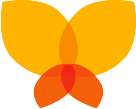As one of the cornerstones of a typical day in any assisted living facility, the distribution of medications can often be a source of stress, lost time, and huge risk when improperly administered. By implementing a software program, each resident’s medication orders are streamlined and organized in a manner that will maximize efficiency while minimizing dangerous errors.
For many of the elderly, managing their own medications was an ongoing struggle before they entered long-term care. Their medication lists can be long and intricate, requiring doses to be administered at precise times in order to ensure the maximum effect. This issue compounds when a facility is caring for dozens of residents, each with their own complex medications lists. Integrative software programs can help providers evaluate these medication lists, and group them into the most practical delivery periods to minimize interruptions for the patients and extra rounds for the staff.
Streamlining Med Pass for Fewer Errors and Improved Health
Federal and state regulations are constantly changing in the long term care world, and for assisted living (with its loose and usually vague terms) the state requirements never quite seem clear. More and more, providers are investing in electronic medication administration systems to make sure they have all their bases covered.
Using a software program to track the administration and outcomes of medications has many significant benefits for both the staff and the residents at assisted living communities. In addition to enabling operators to remain compliant with the considerable regulations, software for medication administration also offers:
- Reduced errors and improved accuracy: This benefit speaks for itself — the more automation added in the medication passing process, the less room there is for human error (the biggest cause of medication problems).
- Accountability: By creating a reliable and automatic record of medications given, residents are assured the best level of care. Consistency of medication delivery can easily be established by instantly accessing the resident’s medication record.
- Real-time access on- and off-site: Staff can access patient records and facility information 24 hours a day, allowing for effective management even in the middle of the night or while managers are on vacation. This improved level of information can lead to better decision-making if problems arise and/or if medications are passed late.
- Customizable and automatic reporting: The many built-in reporting aspects of assisted-living software can help facilities to establish automatic reviews of their performance, set to customizable periods that fit their business. These reports can be automatically generated, tailored to fit specific issues, and saved for checking progress over time.
All of the above are benefits not provided through the paper-based method of tracking medications and certainly offset the startup costs of implementing a system.
Tracking Daily Care For a Better Resident Environment
The day-to-day cares that an assisted living center provides represent a defining aspect of its service to its residents. By helping with bathing, dressing and other mobility issues, facilities allow residents to focus on the enjoyable activities in their lives, rather than the challenging ones. Using a software system to track when and how this care is administered can make a big impact on patient quality of life.
By clearly recording the time of a specific act of care, staff can help to avoid repeated or unnecessary interventions due to shift changes. These issues can become more of a possibility when residents struggle to remember when they last showered, walked, etc. By providing a clear and intuitive record of care, these programs can help employees work more efficiently and make residents feel more at home.
Some of the benefits provided above for an eMAR system, like accountability and real-time access anywhere, cross over into tracking care as well. However, there are even more unique benefits that come from using an assisted living software for tracking and monitoring care service items:
- Acuity tracking: Tracking care helps monitor when the acuity of the resident changes. Rather than just marking things as “done,” staff can enter details on the exact time taken, noticeable changes over time, and other pertinent notes. Having this record also ensures that there is no service creep at a facility – situations where staff provides more care than what the resident requires.
- Evidence: A software program can display hard evidence when state surveyors require documentation on care provided to residents during a facility inspection. In these instances, everyone can rest assured that the information is easily accessible by all and updated in real-time, not stored in a binder that might be outdated or misplaced.
- Reporting: Using a software program to track care provided enables administrators and/or owners to dig into discrepancies and issues that might arise by quickly pulling reports for a specific time frame, caregiver, resident, etc. It also allows them to get a full understanding of the resident’s acuity level and ensure that he/she is billed appropriately – essentially having backup data to show to the financially responsible party when asked why rates might have changed.
When it’s a matter of life and death such as tracking care and medications, the more automated the solution, the less mistakes that can happen. For more information about a software that can help, see our ALIS Features.


